New study suggests hikers should stay on one crowded trail rather than disperse across multiple, lesser-used ones
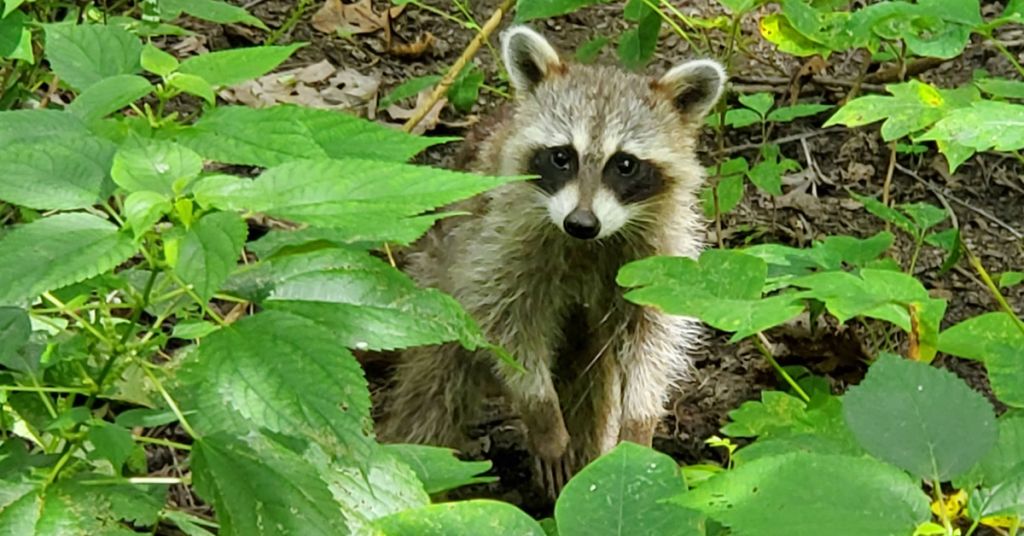
Unrequited love: Wild animals don’t care about humans as much as humans care about them. Photo: Taaja R Tucker-Silva/USGS
By Eli Francovich. November 10, 2022. While it’s not in her job title, striking a balance between the wants of humans and the needs of animals is a huge component of Juliette Fernandez’s day-to-day work.
As the project leader for Ridgefield National Wildlife Refuge Complex in southwest Washington, she’s tasked with managing four wildlife refuges: Ridgefield, Steigerwald, Franz Lake and Pierce refuges.
These refuges are near some of the more densely populated areas of the Columbia River Basin, putting a sharp point on the pressures of human need.
While Ridgefield and Steigerwald are close to Portland’s urban base and are popular recreation destinations, Franz Lake and Pierce refuges, both in the Columbia River Gorge, are completely closed to the public, dedicated instead solely to wildlife habitat.
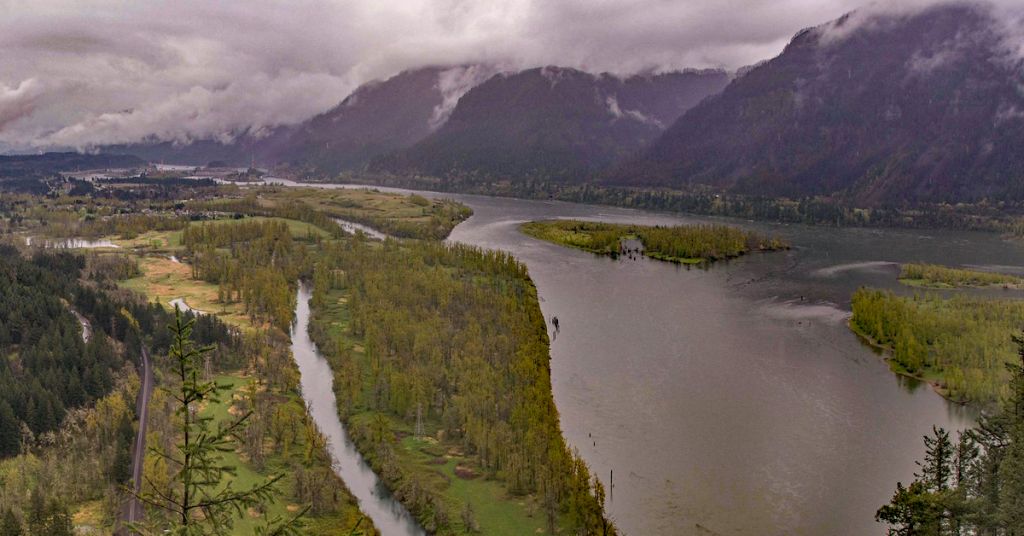
No humans allowed: Pierce National Wildlife Refuge encompasses 329 acres of wetlands in the Columbia River Gorge. Photo: Wayne Hsieh/CC
That fact is a legacy of the National Wildlife Refuge System. Established in 1903 the refuge system, which is managed by the U.S. Fish and Wildlife Service, is focused first and foremost on the “conservation, management and, where appropriate, restoration of the fish, wildlife and plant resources and their habitats within the United States for the benefit of present and future generations of Americans.”
Recreation and all other uses come second.
“The purpose was very specific,” Fernandez says of the refuge system’s birth. “It was to preserve these lands and habitats. In order to do that, we don’t allow public use there.”
The tactic of preserving some space solely for animals looks particularly farsighted after a recent University of Washington study looking at just how few humans it takes to disturb animals.
Stick to those crowded trails
The research was published Oct. 13 in the journal People and Nature.
Over the course of two summers UW professor Laura Prugh collected images from 40 motion-activated cameras across 10 sites in Alaska’s Glacier Bay. She focused on wolves, black bears, brown bears and moose.
Prugh and her co-authors found if humans were present, the cameras detected fewer than five animals per week across all four species studied.
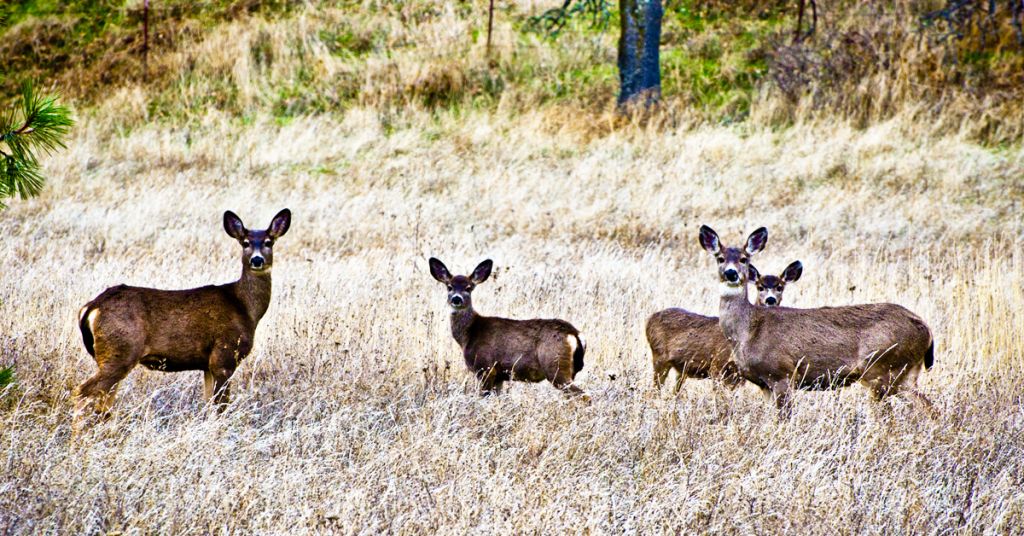
What are you doing here? Mule deer along Oregon’s highway 30 in the Columbia River Gorge National Scenic Area. Photo: USFS
More dramatically, in backcountry areas, wildlife detections dropped to zero each week once outdoor recreation levels reached the equivalent of about 40 visitors per week.
The researchers note that in some places where animals are more habituated to humans the reaction to human presence will be less.
“Our study indicates that if people want to recreate and minimize their impact on wildlife, it would actually be better to go hiking on busier trails because those sites are disturbing wildlife anyway,” Prugh says. “I think, unfortunately, there is a trade-off with the human’s experience and the impact on wildlife.”
Snowmobiles over skiers?
Prugh’s study adds to a growing field of research into the ecological impacts of recreation.
According to Joel Berger, a professor at Colorado State University, the research is the first of its kind to look at the minimum amount of human presence animals will tolerate. Berger doesn’t know Prugh personally and wasn’t involved in the study.
He pointed out that the study shows variation among different species. Prugh’s study found that moose became more active when people were around, suggesting that the large ungulates were using humans as a shield against other predators.
Other recreation ecology research has found that animals are greatly impacted by human presence; some become more nocturnal. Others, such as wolverines and bighorn sheep in Montana, avoid areas where humans are.

The sound and the hurry: Believe it or not, some animals flee further from skiers than from these. Photo: Chuck Thompson
In a particularly surprising study from Norway, wild reindeers fled farther and longer from backcountry skiers than from snowmobiles.
Questions about the impact of human recreation on animals will continue to be hashed out by academics and land managers.
Meanwhile, Fernandez says her work remains the same—striking a balance between humans and wildlife.
“I think it’s so important to have both types of locations,” she says.
Eli Francovich is a journalist covering conservation and recreation. Based in eastern Washington he’s writing a book about the return of wolves to the western United States.




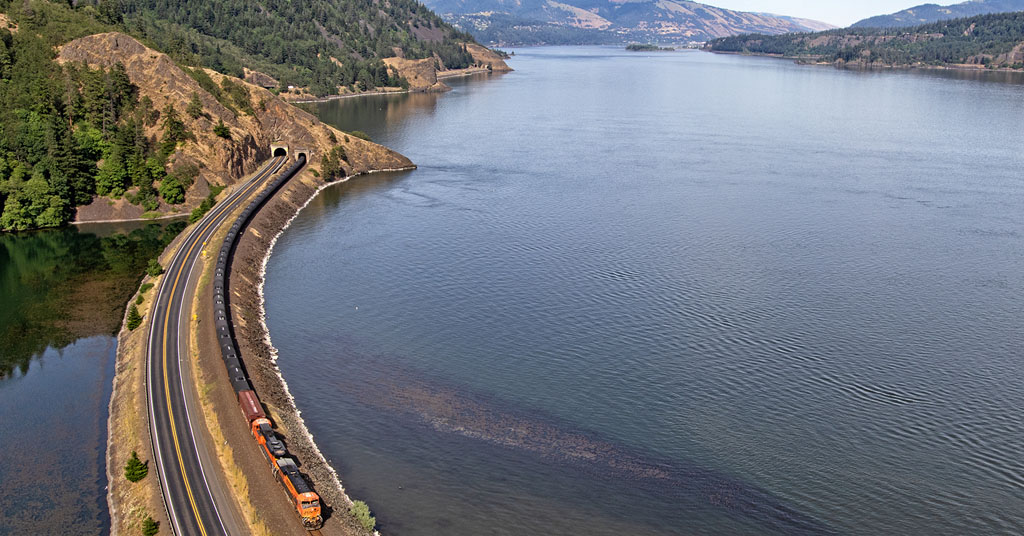

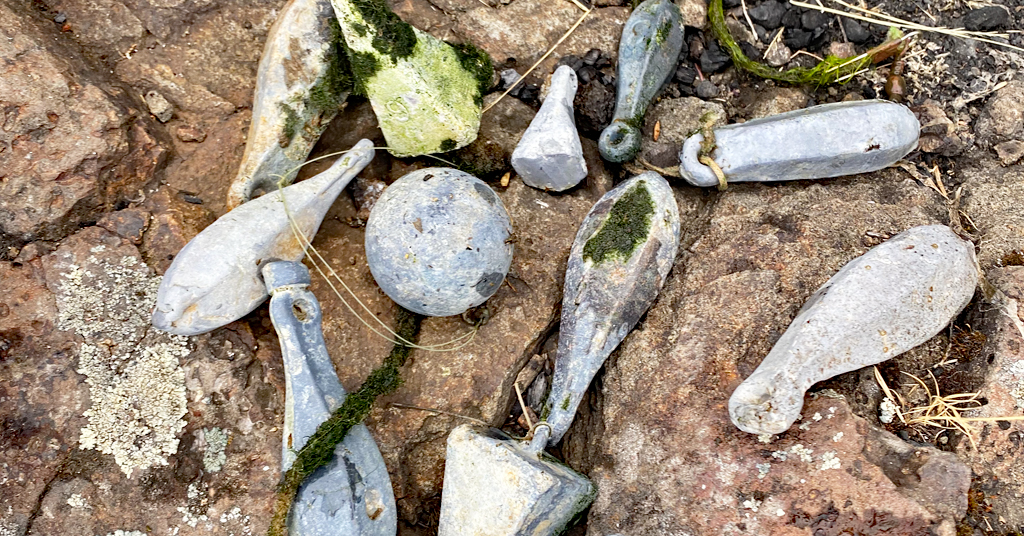




According to Yakama Nation wildlife biologists snowmobiles scare and impact wildlife on Mt. Adams.